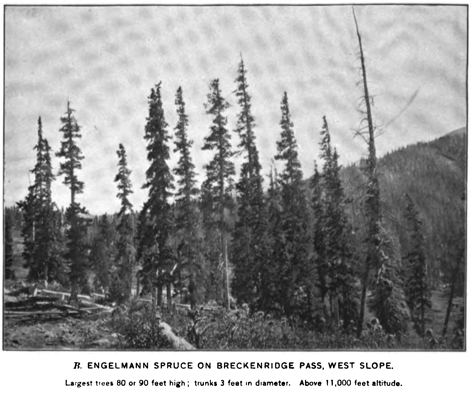The more mitigation an area has, the better the survival odds for people, for property, for the firefighters, and for the forest itself
Take a look at this great video from the Pikes Peak Wildfire Prevention Partners about the lessons learned from the 2013 Black Forest Fire.
The Pikes Peak Wildfire Prevention Partners’ Black Forest Fire Assessment Team Report to the Governor of Colorado provides a more in depth discussion of the efficacy of defensible space and wildfire mitigation strategies in the communities affected by the 2013 Black Forest Fire.








